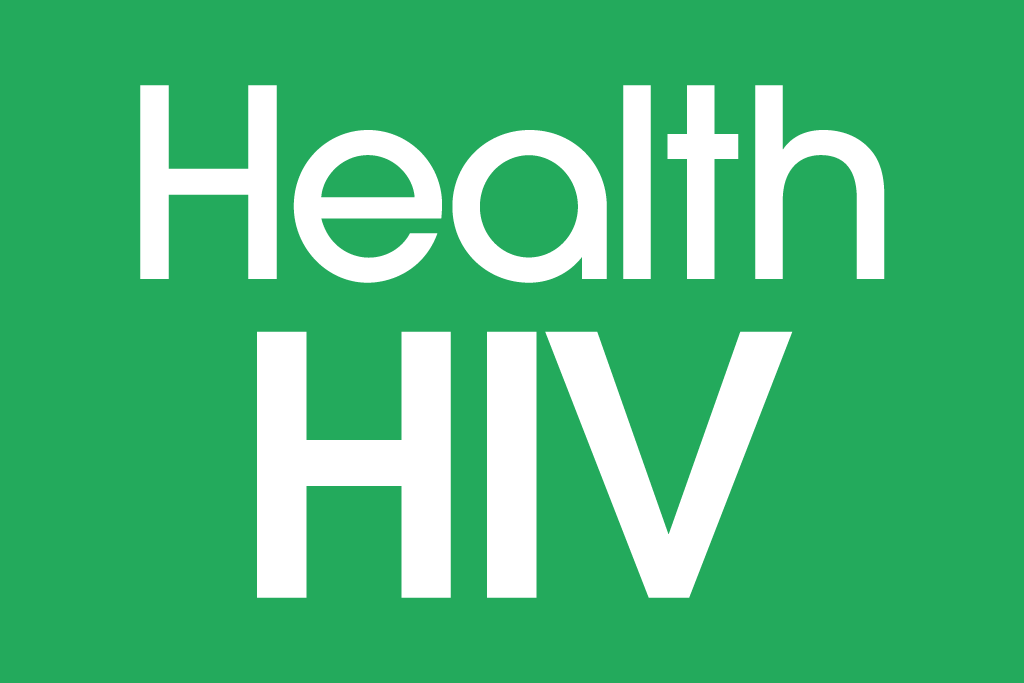BY MICHELLE MARCHANTE | MIAMI HERALD
The World Health Organization has declared a global health emergency for mpox, formerly known as monkeypox, as concerns mount over the spread of a more contagious form of the virus that has fueled a surge of cases in Africa.
The declaration comes a week after the U.S. Centers for Disease Control and Prevention issued a health advisory, stating that while the country’s risk for the more severe form of mpox is low, doctors should have a “heightened index of suspicion for mpox” in people who recently traveled to affected countries.
On Thursday, Sweden confirmed a case of the more contagious strain of mpox, clade I. The Swedish case is the first confirmed infection outside of Africa that is linked to the more contagious strain, NBC News reports.
Types of monkeypox
There are two types of mpox:
▪ Clade I, a more contagious form of mpox that tends to cause more severe illness and death. It is endemic to Central Africa. Scientists earlier this year reported on a new form of mpox in a Congolese mining town that can kill up to 10% of people and may spread more easily, according to the Associated Press.
▪ Clade II causes less severe infections, and is what fueled the 2022 global outbreak that led to more than 32,000 infections in the United States.
Federal and state health officials are still recording cases of mpox in the U.S., including in Florida, but none so far are caused by the more contagious clade I strain fueling the wave of infections in Africa, according to the U.S. Centers for Disease Control and Prevention.
There have been more than 1,000 reported cases of mpox in the country this year, CDC data shows. Florida has reported more than 100 cases this year, with more than half involving South Florida residents, according to preliminary data from the state’s reportable disease surveillance system.
“The first thing that I would tell people is not to panic because at this point there have been no clade I cases in the United States … right now our risk is low,” said Kari Debbink, an associate teaching professor in the Department of Molecular Microbiology and Immunology at the Johns Hopkins Bloomberg School of Public Health. “I think the WHO making their declaration that this is a ‘public health emergency of international concern’ is really a warning that this is a potential problem, but there is still time to prevent it from having global spread.”
She said people who are considered most at risk for severe infection, such as those with conditions that make them immunocompromised, should speak with their doctor about possible precautions, including vaccination.
So, who’s the most at risk for infection? What are the symptoms? And how do you treat it?
Here’s what to know:
What is mpox?
Mpox, formerly known as monkeypox, is a rare disease that is similar to smallpox, though it’s usually milder and less fatal. It can spread through intimate contact, such as kissing and sex, by direct contact with the rash and body fluids or by touching contaminated objects, such as clothing and bedding.
The disease typically occurs in the tropical rain forests of Central and West Africa and causes various symptoms, including fever and painful pimple-like rashes.
This is the second time in two years that the WHO has declared a global public health emergency for mpox. In 2022, more than 32,000 cases were reported in the U.S. during the global outbreak. The 2022 global outbreak “affected primarily (but not only) gay, bisexual, and other men who have sex with men and has spread person-to-person through sexual networks,” according to WHO. The public health emergency was declared over in May 2023.
In this new outbreak, while there’s similar infection patterns in Africa, children under 15 make up more than 70% of the cases and 85% of the deaths in Congo, the AP reports.
“In the U.S., what we see is that [mpox] still continues to circulate at low levels, and especially among unvaccinated, high risk, high prioritized communities, and it’s particularly concerning for people with uncontrolled HIV or immunocompromised people … and it’s circulating within gay and bisexual men and men who have sex with men, but also within transgender and non binary individuals,” said Scott Bertani, director of advocacy for the National Coalition for LGBTQ Health.
Bertani said mpox infections are also popping up in Black, indigenous, Latin and LatinX communities that often experience social determinants of health, which are non-medical factors that can influence a person’s health such as housing and food insecurity.
“We want to make sure that these communities are at the forefront for prevention efforts,” he said.
What are the symptoms and how does monkeypox spread?
The disease can spread through intimate contact, such as kissing and sex, by contact with the rash, body fluids, respiratory secretions or by touching contaminated objects, such as clothing and bedding, according to the CDC.
Symptoms include fever, painful pimple-like rashes and swollen lymph nodes. People diagnosed with mpox should isolate at home until all symptoms are gone. This includes waiting for the rashes turned scabs to fall and for new skin to form. The CDC says all of this can take between two to four weeks.
“Unlike in previous mpox outbreaks, where lesions were mostly seen on the chest, hands and feet, the new form of mpox causes milder symptoms and lesions on the genitals,” according to the Associated Press. Dr. Placide Mbala-Kingebeni, a Congolese researcher who led the research into the new form of mpox, told the AP that this could make it harder for people to realize they are infected.
Who is most at risk for monkeypox?
According to the CDC and WHO, people with the following conditions are most at risk for severe mpox infection:
▪ People diagnosed with HIV, the virus that causes AIDS, or other medical conditions that severely weakens their immune system.
▪ Children younger than 1
▪ People with a history of eczema
▪ People who are pregnant
▪ People whose job may expose them to the disease, such as certain healthcare and laboratory workers
▪ Anyone who had close contact with someone who has mpox. The WHO says this includes talking, kissing, sex, touching, or having contact with clothing, towels, objects and other surfaces touched by a person with mpox.
▪ People who have sex with multiple or new partners
RISK LEVEL: The CDC considers the U.S. has a “very low” risk level for the spread of the more contagious clade I mpox due “to the limited number of travelers and lack of direct commercial flights” from the Democratic Republic of Congo and its neighboring countries into the U.S.
How many mpox cases in Florida?
Florida has reported five mpox cases this month, with two in Miami-Dade and three in Broward County, and has had a total of 134 cases this year, preliminary state data shows. Of these, 82 are confirmed cases and 52 are probable infections. Most of the cases are listed as being “acquired in Florida.”
Case counts are listed in the online database based on which Florida county the person lives, regardless of where they became ill, were exposed, hospitalized or diagnosed. The counties with the most confirmed cases are Miami-Dade, Orange and Broward.
Florida Department of Health spokesman Jae Williams on Friday told the Miami Herald that the state has “zero indication” any of the reported cases in the state were caused by the more contagious type of mpox that has sent a wave of infections across Africa. The CDC says the mpox infections in the U.S. stem from clade II, which tends to cause less severe infections.
Recent CDC wastewater data lists multiple Florida sites as having “no detection” for mpox. This means that the virus was not detected in any samples taken from the sites in the past four weeks or that the most recent detection was more than two weeks ago, according to the federal public health agency.
Here’s a look at the state’s case counts:
How to reduce your risk
To reduce your risk of falling ill with mpox, the CDC recommends washing your hands often, not touching utensils, bedding or clothing of a person ill with mpox, and avoiding intimate contact, such as hugging, kissing, sex or cuddling with someone who has mpox or has a rash that looks like mpox.
Is there a monkeypox vaccine?
Public health experts recommend people who were exposed to someone with mpox or are at high risk of exposure to get vaccinated. Speak with your doctor about your risk level and whether you should get vaccinated.
There are two mpox vaccines available, but the one that has predominantly been used in the country since the 2022 mpox outbreak is Jynneos, according to the CDC.
The other vaccine, ACAM2000, is an older vaccine that was designed to prevent smallpox but can also be used to prevent mpox, which is in the same virus family.
However, the ACAM vaccine tends to cause more side effects and cannot be given to people who are immunocompromised or have certain health conditions, Mary Jo Trepka, an infectious disease epidemiologist at Florida International University’s Robert Stempel College of Public Health and Social Work, previously told the Miami Herald.
Here’s what to know about the shots:
Jynneos:
▪ Unlike in 2022, when the shots were scarce, the CDC says the country has “adequate supply” of the two-dose vaccine. Jynneos requires two shots, given four weeks apart.
▪ It’s made with a non-replicating live virus, which makes it a better optionfor people with weaker immune systems, who are pregnant or have other health conditions, according to the CDC. It’s also safe for people with HIV and atopic dermatitis, the CDC said.
▪ People are considered fully vaccinated about two weeks after their second shot.
▪ The vaccine can be given to people 18 and older who are considered to be high risk for mpox during an outbreak. The shots can also be given to kids under 18 that are considered to be high risk for mpox exposure under an emergency use authorization by the U.S. Food and Drug Administration.
ACAM2000:
▪ ACAM2000 is a one-dose vaccine the FDA approved in 2007 to help prevent smallpox in people considered to be high risk for infection. The CDC says it can also be used to help prevent mpox, but it’s not the preferred shot to get and it was not used during the 2022 outbreak.
▪ ACAM2000 has a live virus that is “replication competent,” per the CDC. This vaccine does not give people smallpox. It does give a “mild virus” in order to prompt an immune response, said Trepka, the FIU epidemiologist. This causes a lesion to temporarily develop in the vaccination area and requires people to be extra careful to avoid spreading it to others.
“You really shouldn’t even get it [the ACAM2000 vaccine] if you have somebody who’s immunecompromised in your household because you could infect them,” Trepka told the Herald in 2022.
▪ People are considered fully vaccinated four weeks after getting the vaccine.



